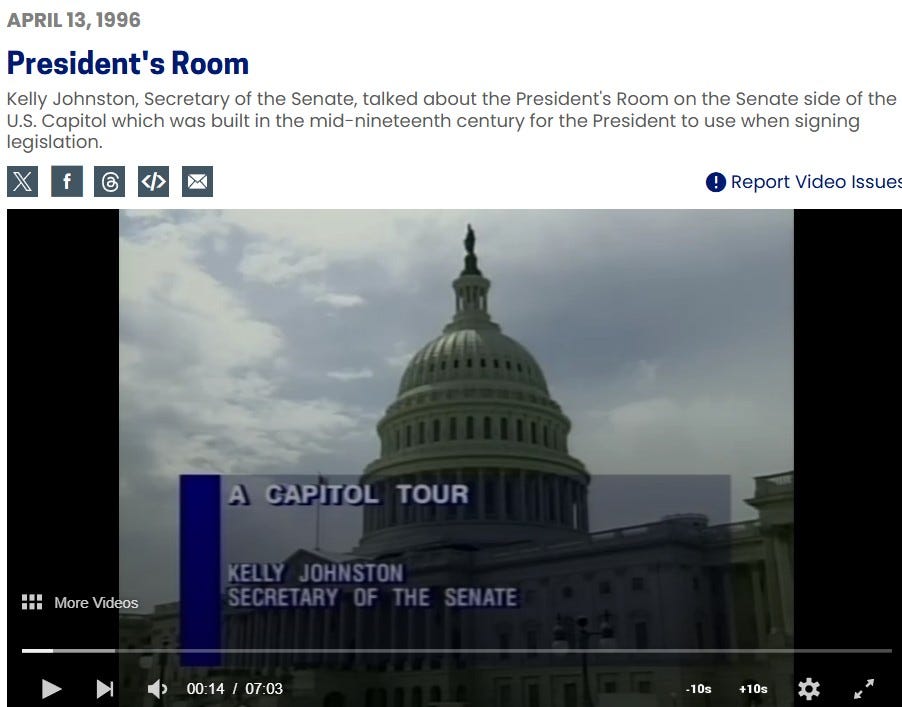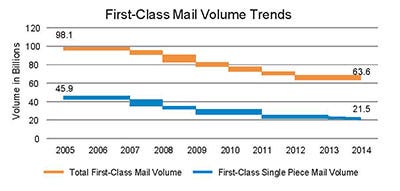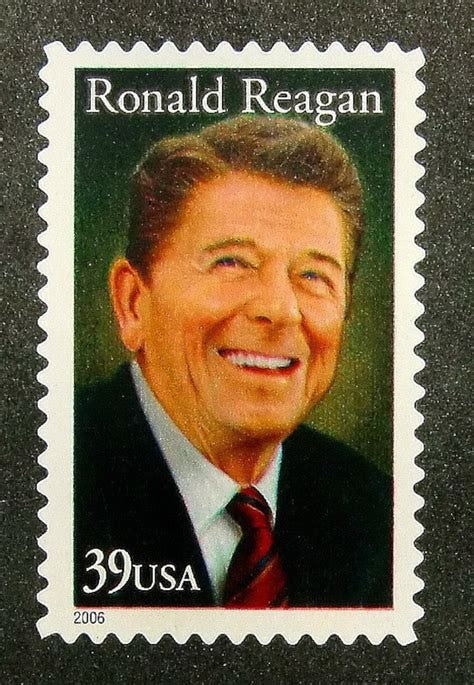It's Time: Sell the US Postal Service
The latest Postmaster of the Postal Service, Louis DeJoy, is resigning. He should be the last. It's long past time to privatize snail mail.
During my tours of the US Capitol, I try to stop by the President’s Room, just off the Senate floor in the Capitol’s Senate wing, on the second floor. It’s rarely open or available, especially when the Senate’s in session, so it’s a special treat when I can take a few visitors in for a quick look. It’s not part of the public tours.
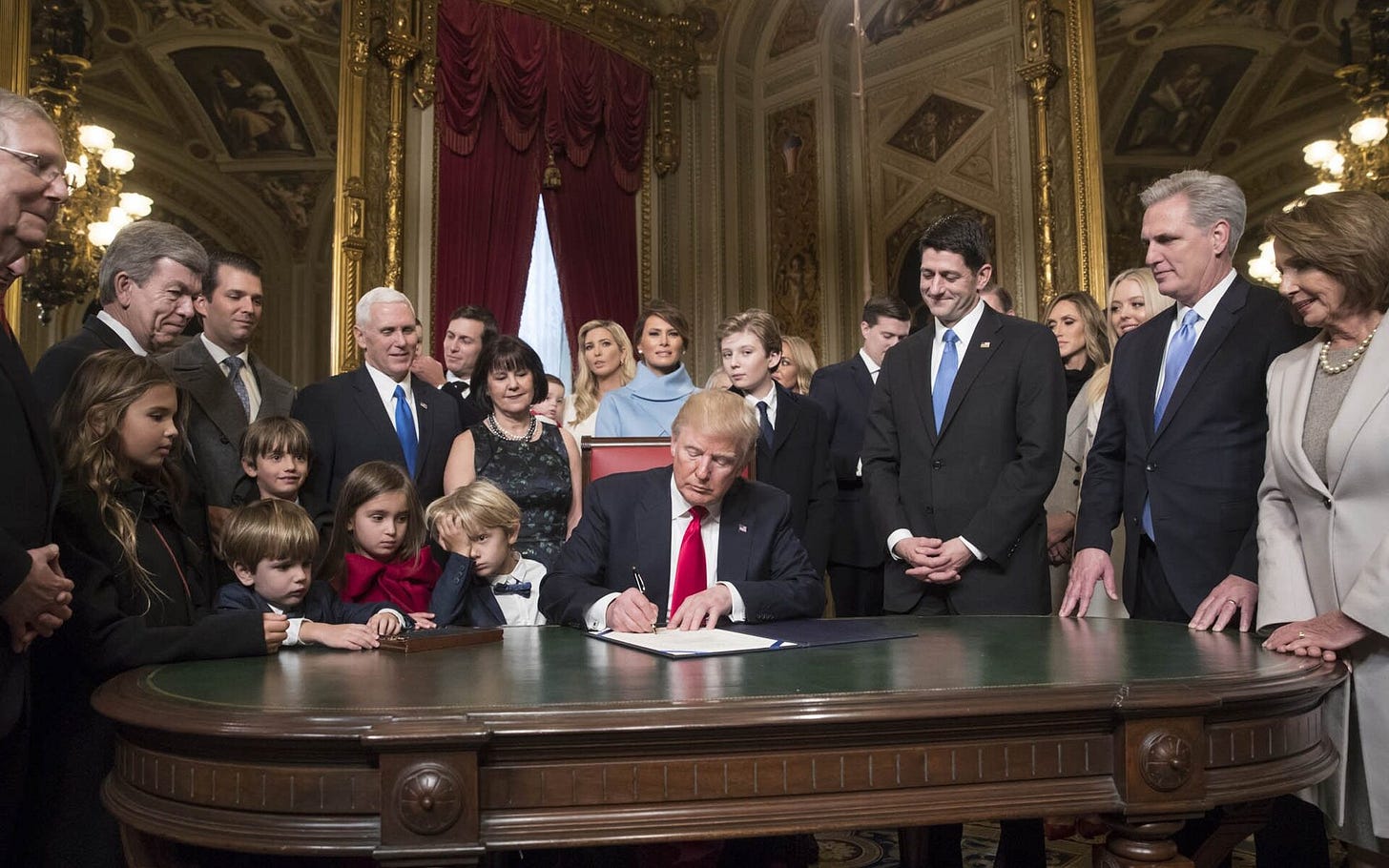
The President’s Room dates back to the Capitol’s Civil War-era expansion. During that era, Congress and a President’s term would expire on the same day—midnight, March 4th. Before the expansion, which included the current Senate and House chambers, aides were forced to send last-minute legislation—sometimes naming departing House members as postmasters—via horse and buggy down muddy streets to and from the White House.
So, when Congress saw that the country was rapidly expanding and adding states via “Manifest Destiny,” it decided to add a room for the President to travel there to sign last-minute bills. Congress doesn’t like to be inconvenienced. The 20th Amendment changed the inauguration day to January 20, a couple of weeks after a new Congress is installed, but no matter.
The first President to use the room was James Buchanan, Abraham Lincoln’s failed predecessor and the Commonwealth of Pennsylvania’s lone contribution to the presidency. While it is not true that Lincoln signed the famous Emancipation Proclamation there, freeing the slaves only in the rebellious territories (not in Maryland, Kentucky, Delaware, and parts of New Jersey south of the Mason-Dixon line, where slavery existed in Union states) there, he did learn of Robert E. Lee’s initial offer to discuss terms of surrender in April 1864, days before his assassination at Ford’s Theater. Samuel Morse installed one of his first telegraph lines to the Capitol near the original Supreme Court chamber in the Capitol (which is part of the public tour), making it a great place to get messages from the war front.
When I was Secretary of the Senate in 1996, I recorded a brief introduction to the President’s Room for C-SPAN. It’s still on their website.
The President’s Room is best known for its remarkable art and history. Painted fresco-style (oil paint on wet plaster) by Italian Renaissance artist Constantino Brumidi, it features several themes of America’s founding and the first members of President George Washington’s Cabinet, which included Thomas Jefferson, Secretary of State; Alexander Hamilton, Secretary of the Treasury; Edmund Randolph, Attorney General; and Henry Knox, Secretary of War.
Oh, and one more. Samuel Osgood was the first postmaster general of the United States.
Yep, he’s there, a member of Washington’s first Cabinet. But he wasn’t the first; that would be Benjamin Franklin, who served in that capacity during the Continental Congress. Postmasters General were part of the Cabinet and in the line of succession to the presidency until 1971, when Congress and the Nixon Administration made it an independent agency. While the President nominates the Postal Service Board of Governors members, subject to Senate confirmation, the Postmaster General is named by them, not the President.
Congress followed up with a reform act in 2022 but did little to make the USPS financially solvent. It made it worse in some respects.
That often surprises people who don’t know the history of mail delivery. Mail was once the primary method of communication between people during most of our early years. Perhaps the most famous correspondence by mail is between former rivals and Presidents John Adams and Thomas Jefferson after they’d left public service and before their deaths on the same day, July 4, 1836. In the past 40 years, we’ve moved on to other forms of written communication via various platforms, primarily email and text. Thanks to DocuSign and other related services, it’s incredible how few paper documents we have to sign today physically.
I won’t go into the history of the US Postal Service’s failure to innovate. Suffice it to say that Federal Express and United Parcel Service (UPS) figured out how to master more profitable parcel deliveries, leaving the drudgery of first-class and junk-mail delivery to their quasi-governmental cousin.
And then there are the people you’ve likely encountered at your local Post Office, with all due respect.
As a result, the Postal Service is struggling to survive while jacking up first-class postage costs. Last July, the price of a first-class stamp rose from 68 to 73 cents. It’s only a matter of time before it goes up again. Meanwhile, the federal government subsidizes the USPS’s deficits by about $5 billion annually. It wasn’t that long ago that first-class postage was. . . way less.
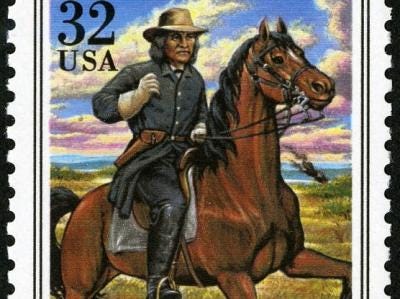
I know Louis DeJoy (not well, more acquaintance than friend), the 75th Postmaster, who has all but announced this week that he’s resigning after four contentious years in the job. DeJoy was a successful trucking and logistics company owner and executive in North Carolina when he was named to the job during the pandemic in 2020. DeJoy served on the board of Elon University (no relation to you-know-who), my younger son’s alma mater, and on the board of the Fund for American Studies, the largest Washington, DC college intern program in which I’m also active. I have great respect for the Brooklyn-born DeJoy.
But when he was hired, I knew he was destined not to succeed. Not for lack of effort or skill but for two huge impediments: Congress and the Postal Service’s intractable union and their generous contracts.
It’s no secret that first-class mail has dropped dramatically in the past several decades. Just ask yourself: how many Christmas cards did you get last season, compared to, say, twenty or thirty years ago (okay, I’m that old)? How many birthday cards did you get last year? Me neither.
But I bet you received some snazzy birthday greetings and graphics on Facebook, Instagram, or perhaps through one of the online greeting card companies.
With DeJoy’s impending resignation, the Trump Administration and Congress should embrace the reality. It’s time to privatize the service—sell it.
It won’t be easy. Nothing is more complicated than closing a very unprofitable local post office. During my 20 years in Delaware County, Pennsylvania, one of those collar counties outside Philadelphia, I was struck by how many post offices were within five miles of my home. Edgmont Township’s post office was around the corner, almost walkable. Until she “retired,” it was run by an interesting beehive-haired woman.
My “home” post office was a little farther away in Newtown Square, which had at least downsized to become part of a small strip mall next to my Acme grocery store. To its credit, it was always busy.
The Gradyville post office was next to my township’s offices on the other side of Ridley Creek State Park. I never used it or saw anyone inside. Our county seat’s post office in Media wasn’t far away, either. For a slow-growing area, we didn’t lack post offices. Edgmont and Gradyville’s offices should have been closed, but local politicians, including Members of Congress, would have gone bananas.
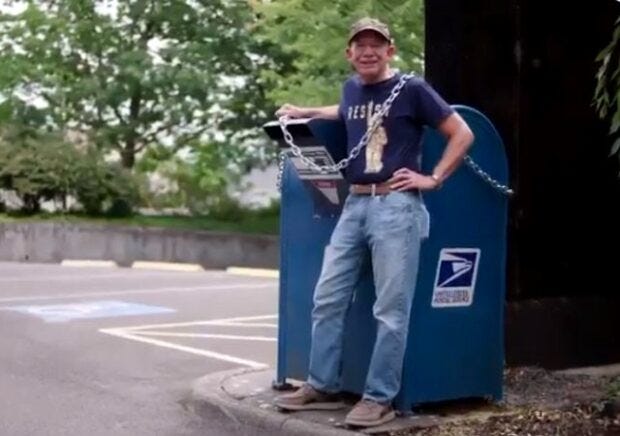
And that’s one reason why the USPS is failing. It’s very generous union contracts being another.
It’s time to sell the USPS, unencumbered by Congressional meddling and union contracts.
Yes, it will be politically painful for some, but not really; a few technology-challenged Boomers will complain. But let’s face it - when your local post office closes, you’ll find a UPS or Federal Express office with better staff and services nearby. I found myself using them for parcel services much more than the aliens postal offices despite the USPS’s effort to compete, if belatedly.
Let’s face it: There’s an increasingly limited need for mail delivery. Most of what shows up in my box is unsolicited junk, which is where the USPS gets most of its money these days. Most of my trash isn’t food waste or packaging; it’s discarded mail. Even those odious 1099s and other tax forms sometimes mailed to us are increasingly available online. Our tax preparers require us to scan and upload them to their sites. Everything we need to access is online except for a few remaining dinosaurs and troglodytes, like it or not.
I did my share of direct mail solicitations as a former campaign operative. They’re still a thing, but thanks to terrific microtargeting capabilities on Facebook and other social media venues, there are better ways to reach people. Barack Obama’s 2008 campaign and especially his 2012 campaign proved that. Smartphones, not mailboxes, are the venue for communicating with people.
Please do us a favor, Elon Musk, and DOGE, and devise a plan to sell the USPS. Congress will probably have to be involved, which will complicate things. Many GOP Congress members represent rural districts with small post offices that are still symbolic in many communities, if not so important.
But go for it. It’s time. I think Ronald Reagan would agree.




